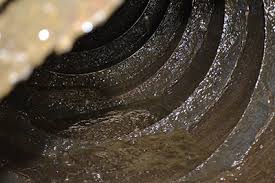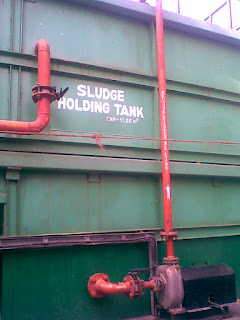The potassium permanganate dose needed for oxidation is 0.94mg per milligram of iron and 1.92mg per milligram of manganese. Rates of oxidation will depend on the pH. Iron oxidation can occur within 10 minutes if the pH is 7.2 or more, but can require an hour if the pH is 6.9, according to the University of Iowa. Manganese oxidation will be slower. It requires less than one hour only at a pH of 9.5 or above. You may need a detention tank to give adequate time for iron and manganese to oxidize. If you are treating taste and odor, use doses of potassium permanganate ranging from 0.25 to 20mg per liter according to the manufacturer’s instructions.
iron was removed in groundwater before passing through reverse osmosis membranes as pretreatment technique to avoid membrane fouling. Different pretreatment techniques are done to remove iron and save the membrane.
Many processes affecting the iron removal from the groundwater are applied in this case study. From the performance comparison between conventional and specific pre-treatment methods, we concluded that, every applied method has advantages and disadvantages in application. The most suitable pretreatment technique for iron removal (concentration less than 5 mg/l) is a granular activated carbon (GAC) filter which has higher adsorption capacity and leads to low
operating cost.
The depth of the GAC media is estimated based on the average contact time in this media, which is recommended to be 10 to 12 min. For example, if a filter is designed for a surface loading rate of 4 m3/m2 h, the depth of the GAC media should be at least 0.66 m (4 m3/m2 h ×10 min/60 min per h=0.66 m to 4 m3/m2 h ×12 min/60 min per h=0.8 m, i.e., 0.66 0.8 m)15. For the following reasons28, we used the granular activated carbon in the adsorption of ferrous.
Potassium Permanganate and Depth Filtration
Conventional treatment for iron removal from groundwater consists of oxidation and depth filtration. Oxygen or stronger oxidants, such as potassium permanganate (KMnO4), are generally used for Fe 2+oxidation. The solid products of oxidation (FeOOH.H2O) are then filtered through a granular bed, commonly green sand19. The potassium permanganate dose applied must be carefully controlled to minimize any excess passing into supply which could give a pink color to the water. Potassium permanganate oxidation tends to form a colloidal precipitates which may not be well retained by the filters.
operating cost.
Detailed description of water treatment
http://slideplayer.com/slide/5014325/
sand-anthracite filter for iron removal
A sand-anthracite filter or dual media filter/multi-media filter is primarily used for the removal of turbidity and suspended solids as low as 10-20 microns. Inside a sand-anthracite filter is a layered bed of filter media. The bed is graded from bottom to top as follows:
| 1st layer | = | gravel support bed |
| 2nd layer | 2mm filter sand | |
| 3rd layer | fine filter sand | |
| 4th layer | anthracite |
Anthracite has a high affinity for iron, especially when it is coated with potassium permanganate, and is therefore often employed for iron and manganese removal.















































